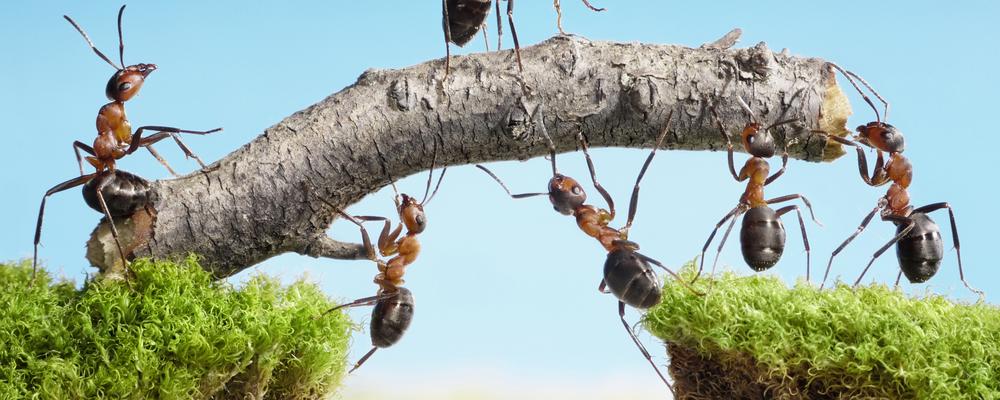
Together we are strong… or perhaps just on our own?
Gunilla Westman Andersson's latest blog entry
[Posted on 25 April, 2017 by Gunilla Westman Andersson]
Imagine a small child. They have had trouble with developing their language skills, adjusting to their environment, playing. Their parents are worried, but hoping that everything will turn out alright. If they will all just give it some time, after all, everyone develops differently. Everyone around them also tries to reassure them with that very sentiment. Perhaps the child just needs some more practice together with their peers? Before long, all involved realise that the child is not progressing as one would have hoped. The parents seek help and are eventually informed that the child has autism. And now that it has been made clear what the child needs help with, surely they will get that kind of help now?
The parents try very hard to make their daily lives work and to be there to support their child. The educators at preschool are doing the best they can, given the knowledge and tools they have available to them. As the day-to-day routine starts presenting challenges that require more support and knowledge in the area concerned, additional help is sought out and enlisted. This knowledge is available, but how, where and when is it made useful to the family and others in the child’s environment?
Well, presumably the natural course would be for someone to lead the family forward, guiding them, giving them advice, providing support for the child, etc. So, surely that is how it works, right?
I would like to encourage all of us professionals in schools/preschools, healthcare services, universities, habilitation services, social services, as well as politicians etc., to raise our self-awareness on this issue and think about ourselves critically. Ok, so here we have many competent people with all kinds of knowledge. Great! But how is this knowledge made useful to the child and their family? Do we think of ourselves as a collective unit around the child, or are we intent on safeguarding our own respective territories with associated ideologies, theories, economic and organisational boundaries, even if the consequences may be to shut out those who need us, potentially even contributing to exacerbating the problems at hand? Is that treating everyone the same?
Some of the aforementioned fields are decent in this regard, others less so – but the truth is we all need to be good. What if we could all be stronger, not just internally, in our own organisations, but together, and tear down unnecessary walls so we can create a larger collective unit. Hopefully, this strength will then make us see the needs of the child and their family as a comprehensive whole rather than as many separate parts. This may in turn make us able to talk to one another, eliminate arbitrary boundaries that should not exist, and create an attractive, easily accessible doorway to help and understanding for children and parents. The child should be the centre of attention, and together we can contribute to the whole family getting a good life!
[This is a blog. The purpose of the blog is to provide information and raise awareness concerning important issues. All views and opinions expressed are those of the writer and not necessarily shared by the GNC.]